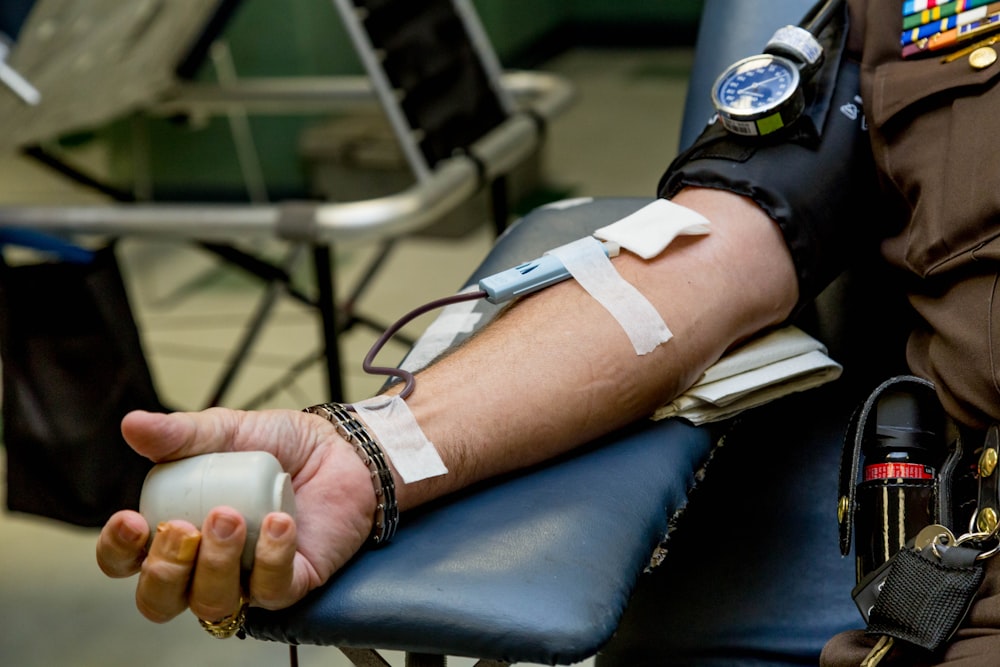目次
人工膝関節全置換術後早期の筋力低下に術前からの低強度スロートレーニングが有効 灌流障害の改善がポイント 大腿四頭筋の筋力低下 急性炎症と止血に伴う灌流障害
人工膝関節全置換術(TKA)術後早期には大腿四頭筋の筋力が著しく低下します.
人工膝関節全置換術(TKA)術後早期における大腿四頭筋の筋力低下の原因としては手術侵襲や疼痛等さまざまな要因が考えられますが,人工膝関節全置換術(TKA)術後早期における大腿四頭筋の筋力低下の原因を考える上で重要となるのが止血に伴う灌流障害です.
今回は灌流障害にターゲットを当てた介入が人工膝関節全置換術(TKA)術後早期における筋力低下改善に与える影響を調査した論文をご紹介させていただきます.

今回ご紹介する論文
BMC Sports Sci Med Rehabil. 2020 Nov 27;12(1):72. doi: 10.1186/s13102-020-00223-7.
Effects of preoperative low-intensity training with slow movement on early quadriceps weakness after total knee arthroplasty in patients with knee osteoarthritis: a retrospective propensity score-matched study
Yusuke Kubo 1, Shuhei Sugiyama 2, Rie Takachu 2, Takeshi Sugiura 2, Masahiro Sawada 2, Kaori Kobori 2, Makoto Kobori 2
今回ご紹介する論文は2020年に掲載された論文です.
本邦で行われた臨床研究ですね.
研究の背景
Background: Severe and early quadriceps weakness (QW) after total knee arthroplasty (TKA), which is caused by acute inflammation resulting from surgical trauma and tourniquet-induced ischemia-reperfusion (IR) injury, can be especially problematic. We focused on tourniquet-induced IR injury, because it has been shown to be preventable through ischemic and exercise preconditioning. Low-intensity resistance exercise with slow movement and tonic force generation (LST) share some similarities with ischemic and exercise preconditioning. The present study primarily aimed to clarify the efficacy of preoperative LST program as prehabilitation for early QW among patients with TKA using propensity score matching analysis.
人工膝関節全置換術(TKA)後の重症かつ早期の大腿四頭筋力低下は,外科的外傷に起因する急性炎症と止血帯誘発性虚血再灌流障害が主因であり,特に問題となります.
特に止血帯誘発性虚血再灌流障害は予防可能であることが示されていることから,止血帯誘発性虚血再灌流障害に着目する必要があります.
この研究では,傾向スコアマッチングを用いて,術前における低強度の抵抗運動とゆっくりとした運動が止血帯誘発性虚血再灌流障害に伴う大腿四頭筋筋力低下の改善に有効かどうかを明らかにすることを目的としております.
研究の方法
Methods: This single-center retrospective observational study used data from patients with knee osteoarthritis (n = 277) who were scheduled to undergo unilateral TKA between August 2015 and January 2017. Those with missing outcome data due to their inability to perform tests were excluded. The LST group included participants who performed LST and aerobic exercise (LST session) more than seven times for three months prior to surgery. The control group included participants who performed less than eight LST sessions, a general and light exercise or had no exercise for three months prior to surgery. Knee circumference, thigh volume, knee pain during quadriceps strength test (QST) and timed up and go test (TUG), quadriceps strength, and TUG were measured before and 4 days after surgery. Knee swelling, thigh swelling, Δknee pain, QW, and ΔTUG were determined by comparing pre- and postoperative measurements.
この研究は2015年8月から2017年1月の間に片側TKAを受ける予定の変形性膝関節症患者(n=277)のデータを用いた単施設後方視的観察研究です.
介入群は手術前3ヵ月間にわたって低強度スロートレーニングと有酸素運動を7回以上実施しております.
対照群については手術前3ヶ月間にわたって低強度スロートレーニングセッションを7回未満実施し,一般的で軽い運動を行うまたは運動を行っておりません.
手術前と術後4日目に膝関節周囲径,大腿部の体積,膝痛,大腿四頭筋力,TUGを測定しております.
膝関節の腫張,大腿部の腫張,膝痛,大腿四頭筋筋力,TUGについては術前と術後の測定値を比較しております.
研究の結果
Results: Propensity score matching generated 41 matched pairs who had nearly balanced characteristics. The LST group had a significantly lower knee and thigh swelling, QW, and ΔTUG compared to the control group (all, p < 0.05). No significant differences in Δknee pain during the QST and TUG were observed between both groups (both, p > 0.05).
傾向スコアマッチングの結果,ほぼバランスのとれた特徴を持つ41組のマッチングペアが作成されました.
介入群は対照群と比較して,膝と大腿部の腫脹,大腿四頭筋筋力,およびTUGが有意に低い結果でありました.
研究の結論
Conclusions: The present study demonstrated the beneficial effects of preoperative LST program on knee swelling, thigh swelling, QW, and walking disability immediately after TKA.
低強度スロートレーニングと有酸素運動による介入はTKA直後の膝の腫れ,大腿部の腫れ,大腿四頭筋筋力,歩行能力に有効である可能性が示唆されます.
今回は灌流障害にターゲットを当てた介入が人工膝関節全置換術(TKA)術後早期における筋力低下改善に与える影響を調査した論文をご紹介させていただきました.
今回の結果を考えると灌流障害を考慮した介入が有効であると考えられます.
今回の介入は術前の介入でありましたが,術後においてもいかに灌流障害を改善させるかが理学療法・作業療法の重要なポイントになりそうですね.







コメント